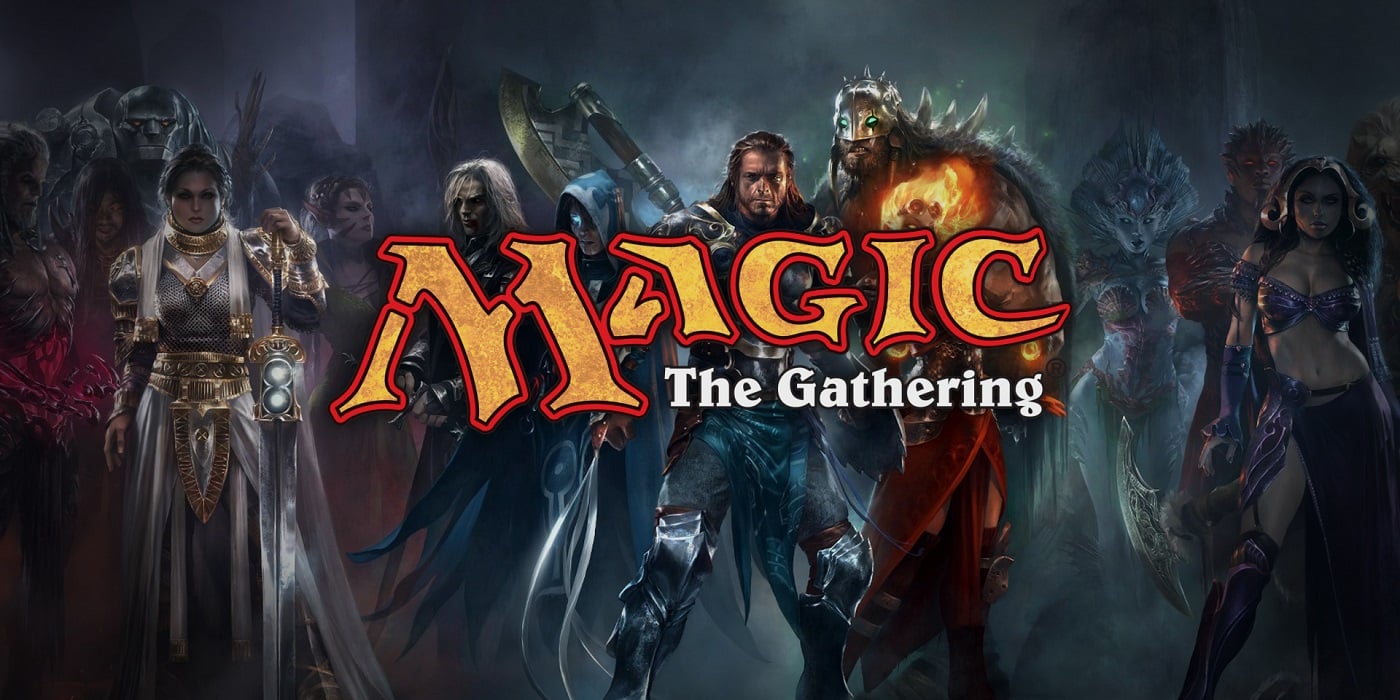Get a piece of the MTG color pie as we discuss the different color combinations in Magic: The Gathering.
Welcome, Praetors and Planeswalkers! Magic: The Gathering is one of the best trading card games of all time, and it’s been around for quite a while. That means it not only has a loyal fanbase, but also a wealth of content for players to interact with. While that’s a great change of pace, it can be a little daunting for newcomers. While we can’t identify every single card ever printed and all of their interactions, we can get the most basic clue right out of the way: the MTG color wheel.
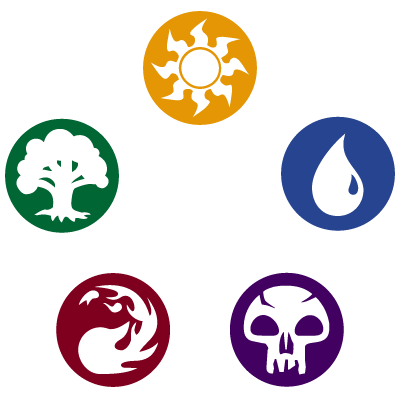
Magic’s colors represent the five types of energy that players can use to cast spells. Each of these represents an archetype, like passion for red or entropy for black. While it’s perfectly fine to play with just one color, you need to know how the colors interact to get the most out of the game. To do this, you’ll need to know the allied and opposite colors, as well as the nicknames for all the combinations. It can be a little daunting at first, but with this handy guide, you’ll be an expert in no time.
Ally/Enemy MTG Colors
This part is pretty simple. Allied colors are MTG colors that appear next to each other in the color pentagon. They usually have similar playstyles, so they work well together in decks. For example, white, which is at the top of the MTG color wheel, is allied with green and blue.
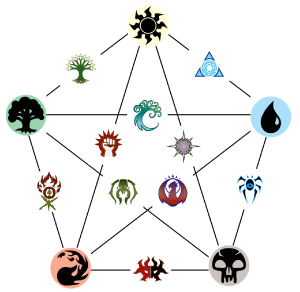
On the other hand, the opposite MTG colors are on opposite ends of the pentagon. So if we go with white again, the opposite colors would be red and black. These colors don’t play the same, but that doesn’t make them weak. In fact, an opposite color can compensate for the weaknesses of the colors on the opposite end. Also, some of the strongest decks are made up of opposite colors (I’m looking at you, green/blue and red/white).
*FOR THE SAKE OF BRIEFNESS WE USE THE FOLLOWING ABBREVIATIONS:
GREEN – G, BLUE – U, WHITE – W, BLACK – B, RED – R*
Two MtG color combinations
The simplest combinations consist of two colors, either allied or opposite, to create a deck. They are each named after one of the Ravnica guilds that follow the color pairs.
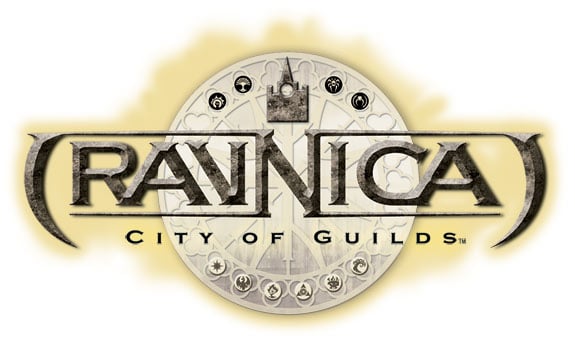
- Azorius (UW) is the Stax colorway, aptly named after the bureaucratic oligarchs of Ravnica’s Azorius Chancery. It typically uses spells that counter your opponents or take out their creatures.
- Boros (RW) takes its name from the organized army of the Boros Legion. It focuses on dealing damage while keeping life high. Many Voltron decks fall into Boros.
- Dimir (UB) is the color Combination of secrets and deceptions. This combination is all about hand control, thinning your opponent’s cards and drawing your own answers.
- Golgari (BG) combines nature and death colors to create Rot and Rebirth. This color combination is all about using your creatures as a resource and then bringing them back.
- Gruul (RG) avoids terms like “strategy” and “plans” in favor of good, old-fashioned punches. Your opponents won’t know what hit them when a giant beast suddenly slams into their face for over 50 damage.
- Izzet (UR) is the SCIENCE combo and is all about magic tricks. You will fire off spell after spell, gaining card advantage and quickly outpacing your opponents.
- Orzhov (BW) is all about aristocracy. You spend life and creatures and then get them all back while stealing power from your opponent.
- Rakdos (BR) is all about destruction – yours and your opponent’s. You’ll kill your own creatures, waste your own life, and basically cause a riot at every opportunity. That’s OK, though: sacrifice brings many rewards in the Cult of Rakdos.
- Seleznya (GW) is a peaceful cohort, and they enforce that peace with hordes of tiny creatures. You may not overwhelm your opponent, but you will certainly outnumber them.
- Simic (GU) is another science legion, but this one is more about biomancy. Their creatures may not be big at first, but I assure you, they will soon be huge.
Three color combinations
As the name suggests, these decks combine three colors and amplify the strengths of each color. They get their names from two things: the Shards of Alara and the Wedges for the Clans of Tarkir.
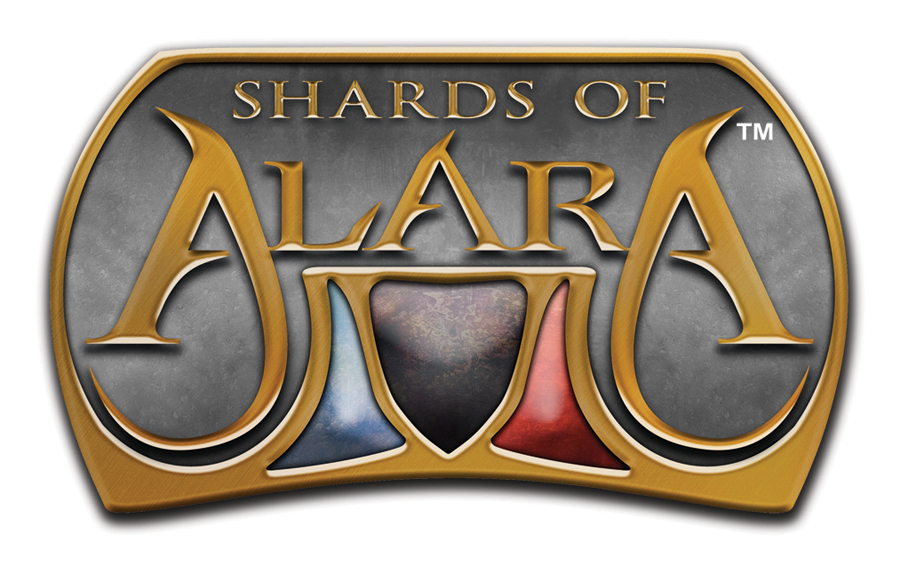
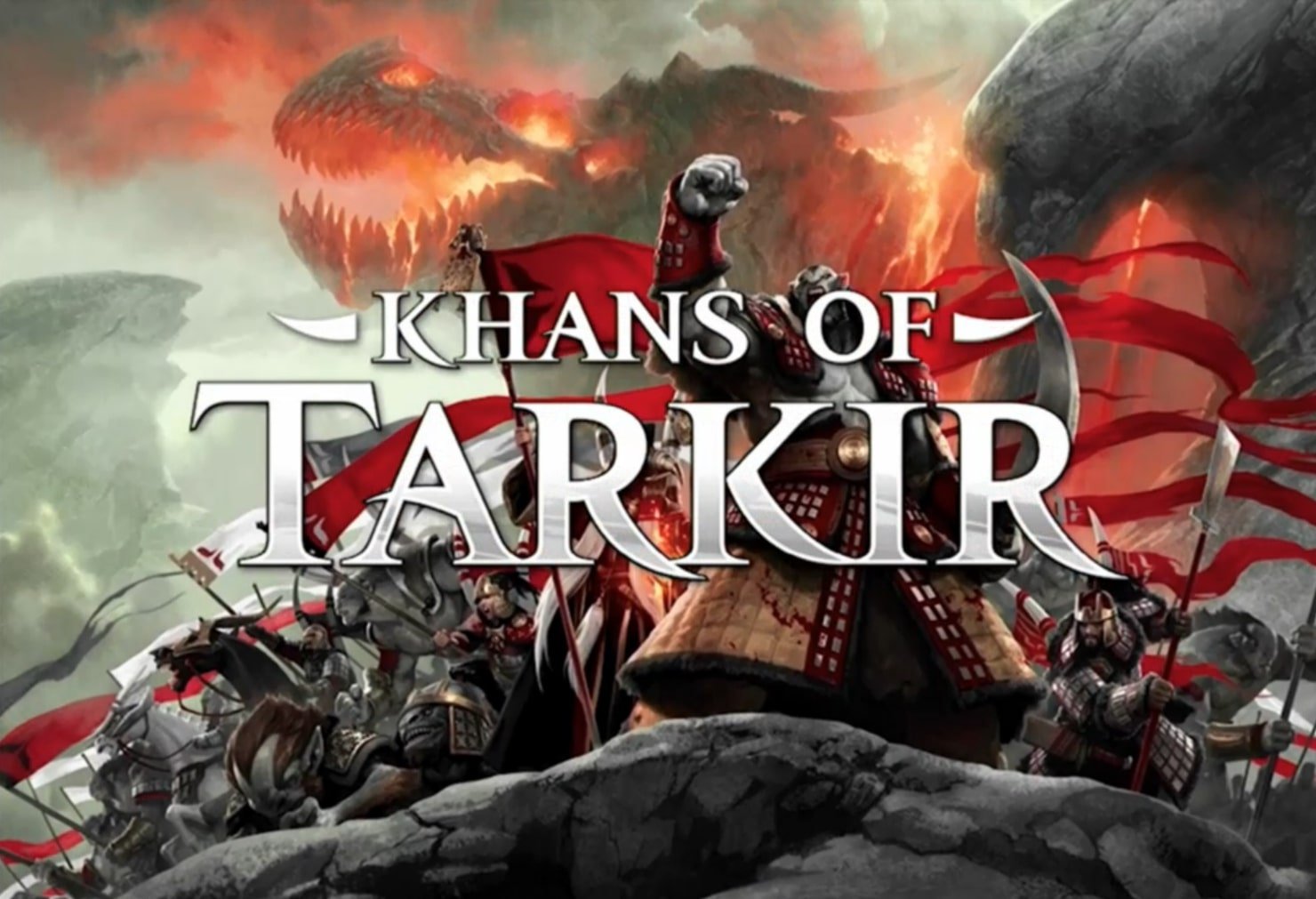
- Abzan (wedge, GBW) is a combination of the three colors of life and death. It has all the power of Orzhov’s life gain with the token potential of Selsnya and the death payout of Golgari.
- Bant (Scherbe, UWG) combines the combat and control colors into a nice package. Here you’ll find Knights, Angels, and other “righteous” creatures. This is also the signature color for Exalted, allowing you to build a creature for glory with the support of all your others.
- Esper (Shard, UWB) combines the primary control colors in the Artisan’s Dream. Here you’ll find a wealth of colored artifacts, drain effects, and stax for days. Don’t expect to make many friends with this combination.
- Grixis (Shard, URB) is the Shard of Death and Evil. These are the colors of Nicol Bolas, and many of MTG’s nastiest villains fit into this shard (like Sauron and Davros).
- Jeskai (Keil, RWU) is the color combination of tokens and counters. As a counterpart to Grixis, you can sometimes find heroes here (like Eowyn), but you can also see EDH’s new favorite, Energy.
- Jund (Shard, GRB) is the land of destruction where only the strong survive. Dragons, barbarians and shamans rule here, and you can “devour” your own creatures to make your new ones stronger.
- Mardu (Wedge, RWB) is the color of the Horde! These decks create an army of creatures and then bolster them with board-wide effects, equipment, and general mischief. Once a Mardu deck gets rolling, it’s hard to stop.
- Naya (Shard, RWG) is where you’ll find the biggest beasts. This is where all of Gruul’s ferocity is cranked up to eleven, firing off more creatures than you can shake a stick at. They do the same thing as Mardu, but where Mardu goes wide, Naya goes tall.
- Sultai (Keil, UBG) is the Rot Wedge, where everything starts to fester. Lots of graveyard shenanigans, self-mills, and empty deck wincons find their way into these decks.
- Temur (wedge, RUG) is another color piece with dragons as its centerpiece. It offers many fun combat tricks and challenging gameplay moves.
Four color combinations
These combinations are rare because they look a bit clunky, but they do exist. They are named after the Nephilim, a series of five creatures that appeared in the second Ravnica set, Guildpact.
- Dune breeding consists of all colors except blue. It relies more on heavy creature hits and big damage than on magic.
- Glitter eye White gives up. Usually you find a lot of cascading and rotating magic tricks here.
- Inktreader removes black from the pie. That means lots of life gain, fast creatures, and quick spells to end the game quickly.
- Witch’s Throat excludes red and focuses on the more subdued colors. This is sometimes called a “Phyrexian” color combination because it suits Atraxa, their meanest command character.
- Early Ploughman dispenses with green. This is the haven for artifacts, colored or not, and in most cases spells are used on creatures.
Which color combination is your favorite?
From North Carolina to Texas and back to North Carolina, Clint lives the life of a traveling artist. An avid gamer, writer, actor, pyrotechnician, and general nerd, he’s finally turned his love of EDH into a career. When he’s not being a clueless cowboy, Winterfell bannerman, or whatever else the acting life throws at him, he enjoys reading folklore from around the world, writing narratives for his wargaming armies, or running D&D 5e games as a professional DM. Look for his storytelling podcast “By the Dancing Fire” or find him on Twitch as FeybornPhyrexian producing MTG content.

